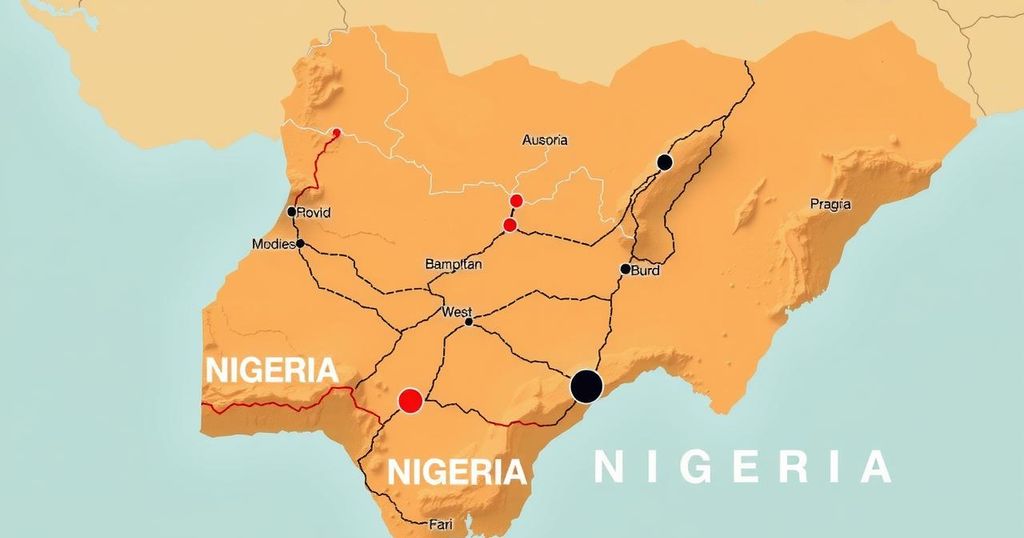IDP Mobility Tracking in North-Central and North-West Nigeria: February 2025 Insights
The DTM Round 16 report by the IOM reveals 1,322,766 IDPs in north-central and north-west Nigeria as of November 2024, marking a 10% increase from the previous round. Key factors for this rise include the assessment of new locations and ongoing conflict-related displacements. The report covers 1,761 locations across ten states, including camps and host communities.
The report outlines the findings from Round 16 of the Displacement Tracking Matrix (DTM) assessments conducted by the International Organization for Migration (IOM). The aim of this assessment is to enhance understanding of the dynamics and trends of internal displacement within the conflict-affected areas of north-central and north-west Nigeria. Conducted between October and November 2024, the atlas reflects data from ten states severely impacted by conflict: Benue, Kano, Kaduna, Katsina, Kogi, Niger, Nasarawa, Plateau, Sokoto, and Zamfara.
In this latest assessment, a total of 1,322,766 internally displaced persons (IDPs) were reported across 225,458 households, representing a 10 percent increase (approximately 130,350 individuals) compared to Round 15. The increase is largely attributed to the inclusion of newly assessed locations, alongside factors such as ongoing attacks, displacements, and seasonal mobility linked to farming and the pursuit of safety or improved access to services.
Round 16 involved assessments across 1,761 locations within the north-central and north-west regions of Nigeria. This included evaluations of 104 camps and camp-like settlements, alongside 1,657 sites where IDPs reside among host communities, all recorded in November 2024.
The DTM Round 16 report highlights a significant uptick in the number of internally displaced persons in north-central and north-west Nigeria, driven by both new assessments and ongoing conflict-related displacements. With assessments covering a vast number of locations, the findings underscore the urgent need for humanitarian assistance in the region. It is crucial to continue monitoring the situation to effectively address the needs of the displaced populations.
Original Source: reliefweb.int




Post Comment